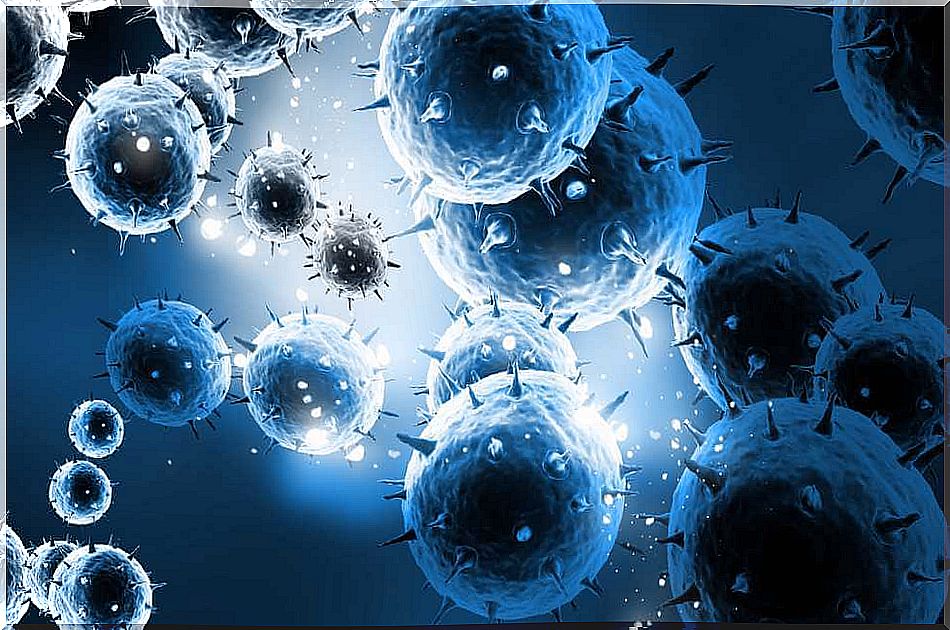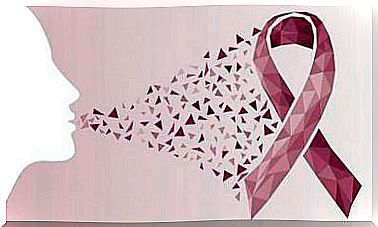Lymphoma, A Type Of Cancer That Can Be Treated Successfully If Caught Early
Fortunately, lymphoma is a type of cancer that can be successfully treated if found early. Now, you may ask yourself: and how is that possible? How did they do it?
Below we will solve these doubts and we will tell you more interesting facts about lymphoma. Ready to discover everything you need to know? Go for it!
Understanding more about lymphoma, step by step
First of all, it must be taken into account that lymphoma is a type of cancer that develops in lymphocytes ( cells of the lymphatic system) that are part of the body’s defense mechanisms.
The lymphatic system is a complex structure made up of small channels, nodes, bone marrow, and some organs. All of them are made up of lymphocytes.
Then, patients with this disease have a lack of control in the activity of lymphocytes, that is, they begin to grow abnormally and disproportionately.
Its main manifestation are the formations of tumor masses located near the lymph nodes, such as the armpits, neck and abdomen. And although, like all cancer, its development is aggressive and complex, early detection is key to improving the chances of successful treatment.
Main types of lymphoma
According to the experts of the MSD Manual, two types of lymphoma can be distinguished, mainly. To appreciate it as clearly as possible, we have the following scheme:
- Hodgkin lymphoma.
- Non-Hodgkin’s lymphoma (which are usually the most common).
- Burkitt lymphoma.
- Mycosis fungoides.
The first, Hodgkin lymphoma, is characterized by the presence of Reed Sternberg cells that cause swollen lymph nodes as the main symptom.
The other, non-Hodgkin’s lymphoma, includes a large and diverse group of cancers of the cells of the immune system, making it more aggressive and difficult to treat. This can be divided easily, and cause the appearance of cancers of slow evolution and spread over more organs.

Although there are several factors associated with its development, experts have not yet been able to determine what exactly causes non-Hodgkin’s lymphomas. However, research is ongoing to clarify this and other points.
Main symptoms of lymphoma
It should be noted that symptoms may vary from patient to patient. Therefore, it is not possible to say that all patients experience symptoms with exactly the same intensity.
However, it has been observed that in many cases the symptoms referred to are the following:
- Enlarged lymph nodes (in the neck, armpits, or groin).
- Pain in the abdomen, chest and bones.
- Drastic and unexplained weight loss.
- Decreased or loss of appetite.
- Constant feeling of fullness.
- Sudden appearance of masses.
- Continuous episodes of fever.
- Inflammation of the abdomen.
- Difficulty breathing.
- Night sweats.
- Itching sensation.
- Shaking chills.
- Weakness.
- Fatigue.
- Cough.
Associated risk factors
- Immune system deficiencies, including a history of transplantation, patients with HIV, or autoimmune diseases.
- Having infections with the human immunodeficiency virus, Epstein-Barr virus (EBV) or Helicobacter pylori , among others.
- Being or having been exposed to chemicals such as herbicides and insecticides.
- Being or having been exposed to radiation.
- Be over 60 years of age.
- Be white.
Early diagnosis is key
Experts from the National Cancer Institute indicate that Hodgkin lymphoma is often cured. Now, the prognosis for non-Hodgkin lymphoma depends on the specific type of the disease.
Although the aggressive lymphoma subtype is the most common, early diagnosis has been shown to increase the chances of successful treatment. In fact, the indolent subtype allows patients to live up to 15 years with the disease.
Treatment of lymphomas
Once a lymphoma is diagnosed, professionals proceed to direct an immediate and intensive treatment. The standard treatment of the disease, in its most aggressive state, consists of chemotherapy and biological therapy regimens.
Treatment for non-Hodgkin’s lymphomas consists of radiation therapy, chemotherapy, monoclonal antibodies, or a combination of these.
Radiation therapy may be effective in patients with stage I and stage II lymphoma, depending on the activity of the malignant cells.
There are several ongoing investigations, the main goal of which is to improve existing treatment options. Therefore, it is possible that in the future patients will be able to access treatments that can provide them with greater benefits.









